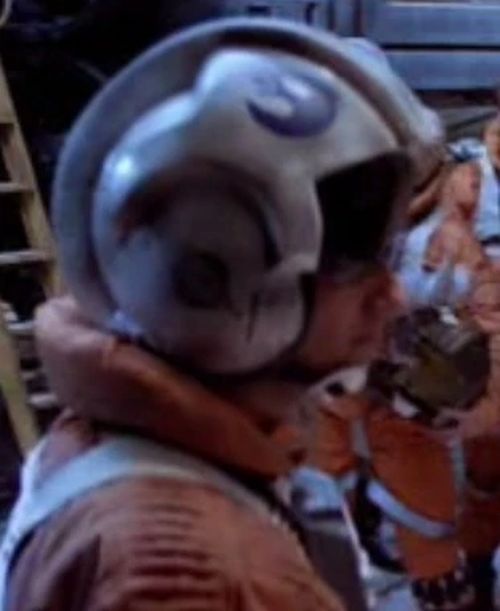Sponia System
System Datafile:
System: Sponia
Star: Nias (yellow)
Orbital Bodies:
Name Type Moons
Sponia I molten terrestrial 0
Sponia II barren terrestrial 0
Eswax temperate terrestrial 1
Sponia IV gas giant 7
Capsule: The most important world in the Sponia system is the 3rd planet, Eswax, a moderately settled farm world which also has a fairly large duracrete industry. The closest planet to the star, Sponia I (an imaginative name I know), is a molten ball of worthless rock. Sponia II is a small, hot, barren world with no atmosphere to speak of. Sponia IV is a large gas giant with few enough valuable gases that the costs of extracting them would be prohibitive. Sponia IV has 7 moons, and all have been mined in the past. The 4th moon is the only one which currently has any ongoing operations, the mines on the other moons having played out long ago. The 4th moon, known as Little Spo to the locals, was always quite rich in minerals, and it is expected that profitable mines can be maintained on the moon for at least another 100 years.
Eswax
Type: temperate terrestrial
Temperature: temperate
Atmosphere: Type I
Hydrosphere: moist
Gravity: standard
Terrain: plains, forests, mountains
Length of day: 28 standard hours
Length of year: 273 local days
Sapient species: Humans, some aliens
Starport: standard
Population: 18 million
Planet function: agriculture, minor industrial
Government: Imperial governor
Tech level: space
Major exports: foodstuffs, duracrete, some electronics
Major Imports: manufactured goods
Capsule: The majority of the settled land area on Eswax is devoted to farming, but there is also a fairly good manufacturing base in the cities. The farms, unlike their counterparts on Veursa, are typically vast, and owned by large corporations, rather than by individuals. Because of this there is a lot of automation on the farms. This allows for high production rates, which help to compensate for the fact that the growing season on Eswax is much shorter than that of most agricultural worlds. Because of this short season, Eswax will never be able to compete with Veursa for the title of the top exporter of foodstuffs in the sector, but Eswax does export enough to put it firmly in second place (Mow Frenshar actually produces more food, but since the vast majority of this is used by the Paq Nalthiin confederacy, it is not usually considered to be an exporter).
Eswax also has a fairly strong industrial economy. Among the high tech items which are manufactured on Eswax are such items as components for communications equipment, and power couplers. Eswax also has a strong duracrete production industry. The elements required to produce duracrete are abundant in the gravel that lies under the topsoil in many areas of the planet, and the substance can therefore be created very cheaply on the planet, and shipped out in bulk quantities to planets where it will be used as a building material. The largest city on the planet, Ighest, is also the location of the majority of the factories. Ighest has a large, fairly busy starport, which caters primarily to bulk freighters.
There is quite a lot of unsettled terrain on Eswax, especially considering the fact that the planet has so much agriculture, as well as some industry. Most of this terrain is made up of mountainous, or wooded areas which have never been completely mapped out, except from cursory orbital scans. Strangely enough, the people of Eswax have simply never shown much interest in mapping these areas more thoroughly. In recent years energy spikes have been briefly detected from the area of the largest mountain range on the planet, the Sed range. Some brief investigations have been launched, but they have found nothing, at least partially due to the fact that the mountain range has high concentrations of ore which make it difficult to scan the area. Speculation as to what has caused these spikes is rife, with most people assuming that there is a hidden base somewhere in the mountains. At first it was assumed that it was probably a classified military base, but the ISB showed a great deal of interest in the sensor reports, and it is now thought that the reports may indicate a hidden smuggler base, or even a New Republic listening post. It should be noted that the first unusual energy reading came less than a month after a new, highly sensitive, sensor suite was installed at the Ighest starport. Some say that this probably means that the readings are the result of a miscalibration of the new equipment, while others feel that it is possible that the high energy usage may have been going on for years undetected. After the third phantom energy spike within 2 years the Imperial Navy, at the request of the ISB, stationed a Strike Cruiser in stationary orbit above the mountain range, with sensors focused on the range, hoping that this would show whether the readings are the result of equipment problems, or whether there actually is something out there, and if the latter hopefully the ship will be able to pinpoint the source of the energy. An energy spike hasn't yet been recorded in the 4 months since the cruiser was stationed in orbit, so the eventual results are unknown.
|











